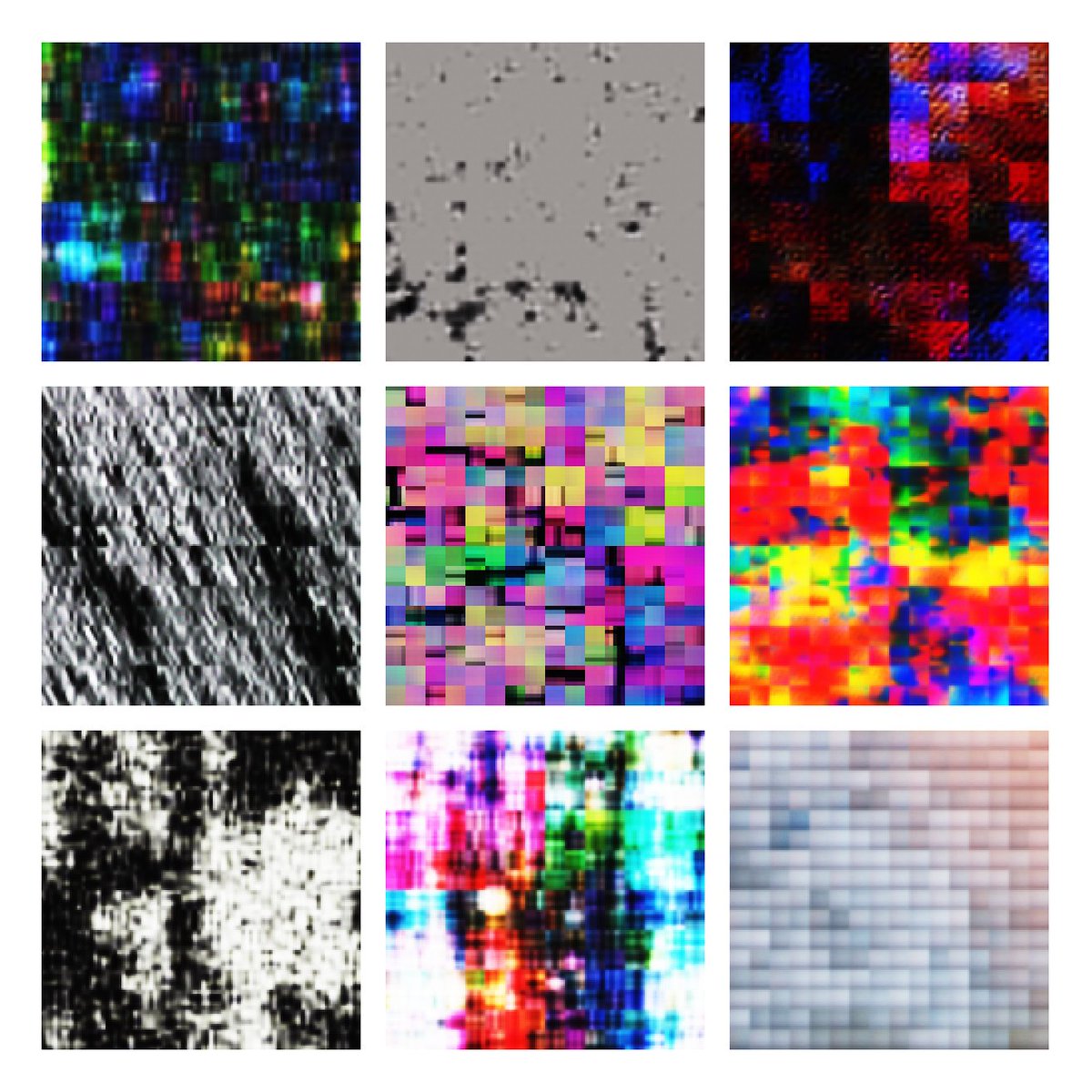
🧵1/n🇨🇭Switzerland-like direct democracy for Cardano? A thread why I think this is a good model - and what's the catch, for now.
Quite a few of us are unhappy about the representative model used in CIP-1694. Is direct democracy a good alternative? Yes and no.
#CIP1694 #Cardano
Quite a few of us are unhappy about the representative model used in CIP-1694. Is direct democracy a good alternative? Yes and no.
#CIP1694 #Cardano

2/n Direct democracy is sometimes understood as everyone can vote on everything. This sounds good but has obvious drawbacks in L1 context which can lead to chain congestion.
What is even worse, it can be a time consuming task, leading to low voter participation.
What is even worse, it can be a time consuming task, leading to low voter participation.
3/n Danger is manipulation and voting results not representing the population. A quorum can be used to counter this effect, but if it's too high, it can render the system unable to make a decision and therefore useless.
How it it done in real direct democracies like 🇨🇭?
How it it done in real direct democracies like 🇨🇭?
4/n The trick is the system is mostly representative and the public votes only on ~10% of the laws. While parliament votes 100-150 times /year, public only votes around 10 times, on exactly 4 dates a year. Hurdles are high to keep this number low and exclusive for important votes
5/n Why can it still be called a direct democracy then? Because if voters are unhappy with the decision of their parliamentary representatives, they can challenge the decision if enough people sign and demand a public vote, which overrides the parliamentary vote.
6/n This could be a good model for Cardano, which reduces the chain-load and the number of times voters have to cast their votes, but still keeps their full power! With adequate thresholds, the votes of the representatives will only be challenged in rare cases!
7/n Another way of 🇨🇭 public votes are a few defined special cases, for which it always has to be a public vote.
Also this could be done on Cardano. Maybe it's not needed for spending 1k from the treasury, but for hard-forks, or decisions involving the representatives themselves!
Also this could be done on Cardano. Maybe it's not needed for spending 1k from the treasury, but for hard-forks, or decisions involving the representatives themselves!
8/n The 3rd way is a vote initialized by the public if enough voters sign an initiative.
This will be also an interesting point for the future, how do we handle cases not planned for by the CIPs and not implemented in code.
This will be also an interesting point for the future, how do we handle cases not planned for by the CIPs and not implemented in code.
9/n While in general a system like this on Cardano seems to be a good trade-off between ideals of direct democracy and participation of voters/ workload on chain, it also comes with a catch: complexity.
It's multi stage and needs a lot of parameters to be tuned.
It's multi stage and needs a lot of parameters to be tuned.
10/n Direct democracy seems to be easier to implement on the first glance, implementing a real and proven system of a direct democracy is a lot more complex. Maybe too complex for now.
CIP-1694 is simpler, but should be extended towards something like 🇨🇭system in the future
CIP-1694 is simpler, but should be extended towards something like 🇨🇭system in the future
11/n But for now, it's a good step in the right direction, given all the parameters are chosen reasonably.
Unfortunately, the CIP does not specify the numerical values of the parameters. This is the largest uncertainty right now and my largest/only concern with CIP-1694.
Unfortunately, the CIP does not specify the numerical values of the parameters. This is the largest uncertainty right now and my largest/only concern with CIP-1694.
12/n The 🇨🇭 system is not perfect by the way, one way it can be "hacked" by governments/parliament is by bundling laws together, if they vote A+B: yes, the public can challenge, but then only vote A+B: no or A+B: yes, A: yes, B: no is not possible. (And this does happen.)
13/n So also for Cardano it will be important of how the voting process is done in detail, even the order of votes can be important when cyclic preferences exist. (check "condorcet paradox", interesting read!)
14/n Also good read is this Tweet by @_KtorZ_ about engineering reality:
Hope you liked this thread! Any other direct democratic systems out there worth to be considered for Cardano?
https://twitter.com/_KtorZ_/status/1632356766368382976?s=20
Hope you liked this thread! Any other direct democratic systems out there worth to be considered for Cardano?
• • •
Missing some Tweet in this thread? You can try to
force a refresh





